Memphis had been on my bucket list for a long time—but I kept regretting not going when I was a lot closer to it geographically while I was living in New York City.
I couldn't fit it in during my trips to Tennessee when I flew to Knoxville for a wedding in Chattanooga in 2005 or Nashville for the Kentucky Bourbon Festival in 2007. And after moving to California in 2011, Memphis has just always felt so far.
It was the type of trip I hadn't allowed myself to splurge on, which made it the perfect way to celebrate a milestone birthday.

The lynchpin to my birthday trip was, of course, Graceland—the historic home of Elvis Presley from 1957 until his death in 1977.
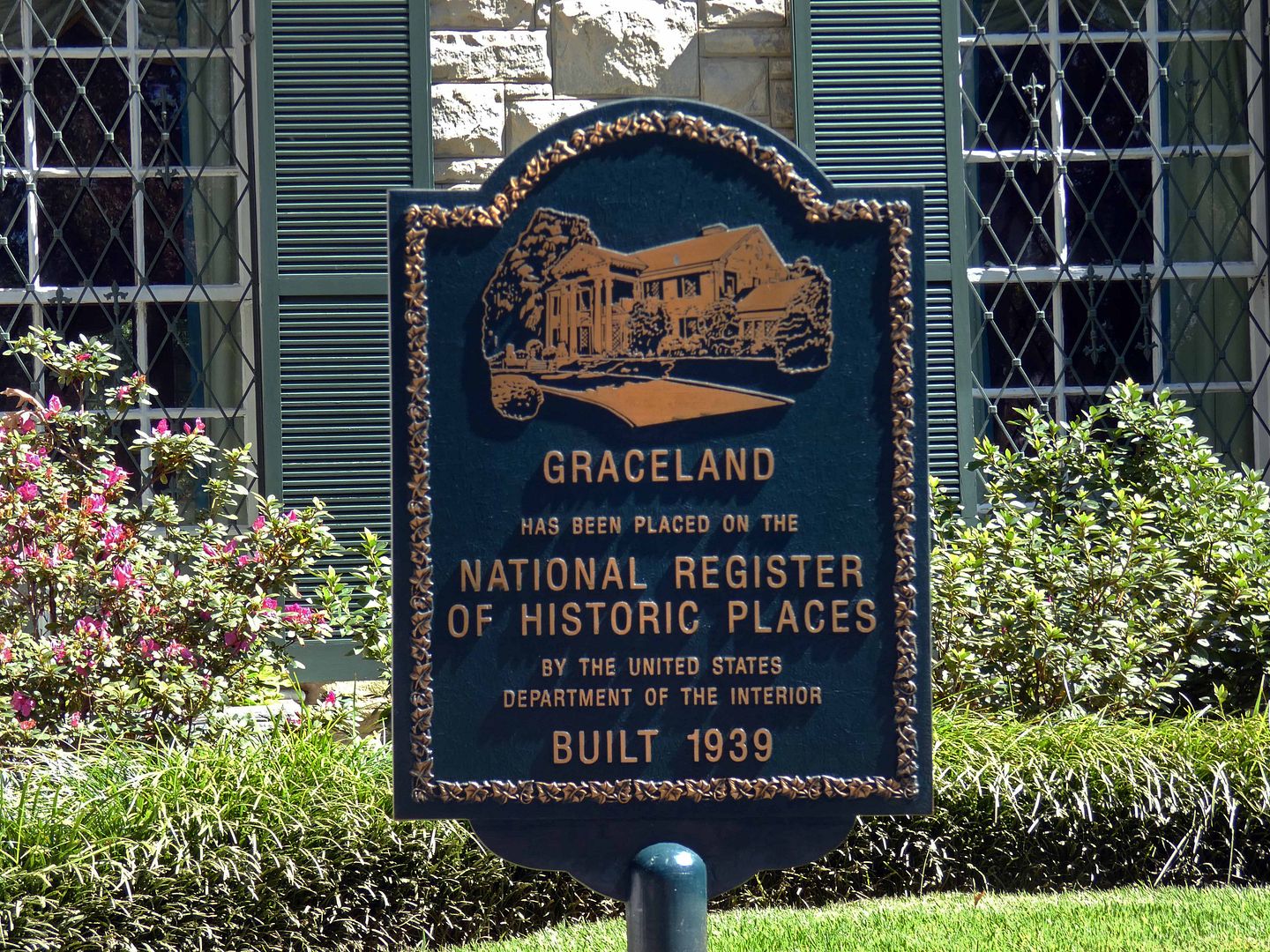
While it might seem like a destination of musical frivolity, the house itself is actually a national historic landmark.
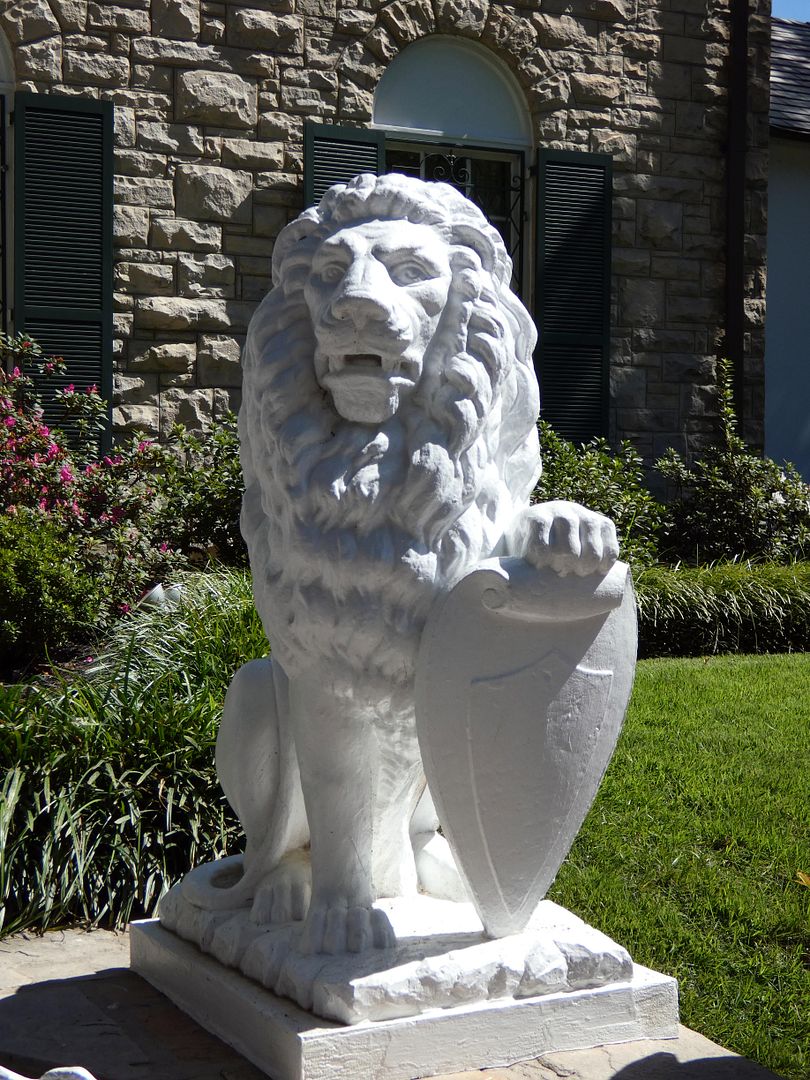
And like him or not, Elvis Presley is woven into the cultural fabric of the United States. He's the hero of a rags-to-riches story involving the American South, the blurring of racial lines, the rise of the teenager, the censorship of sexual themes, the focus on the female gaze, and so much more.

Completed in 1939 for its previous owners (and designed in the Colonial Revival style by Overton Park Shell architect Max Furbringer), Graceland may pale in comparison to the Calabasas compounds that celebrities build today. But it still towers with authority and conveys a certain bigness of Elvis's level of celebrity.

The upstairs bedrooms are off-limits (but of course that's the place Elvis fans really want to go)...

...but the rest of the mansion is open to the public for tours, most of the rooms roped off to keep them preserved in amber.
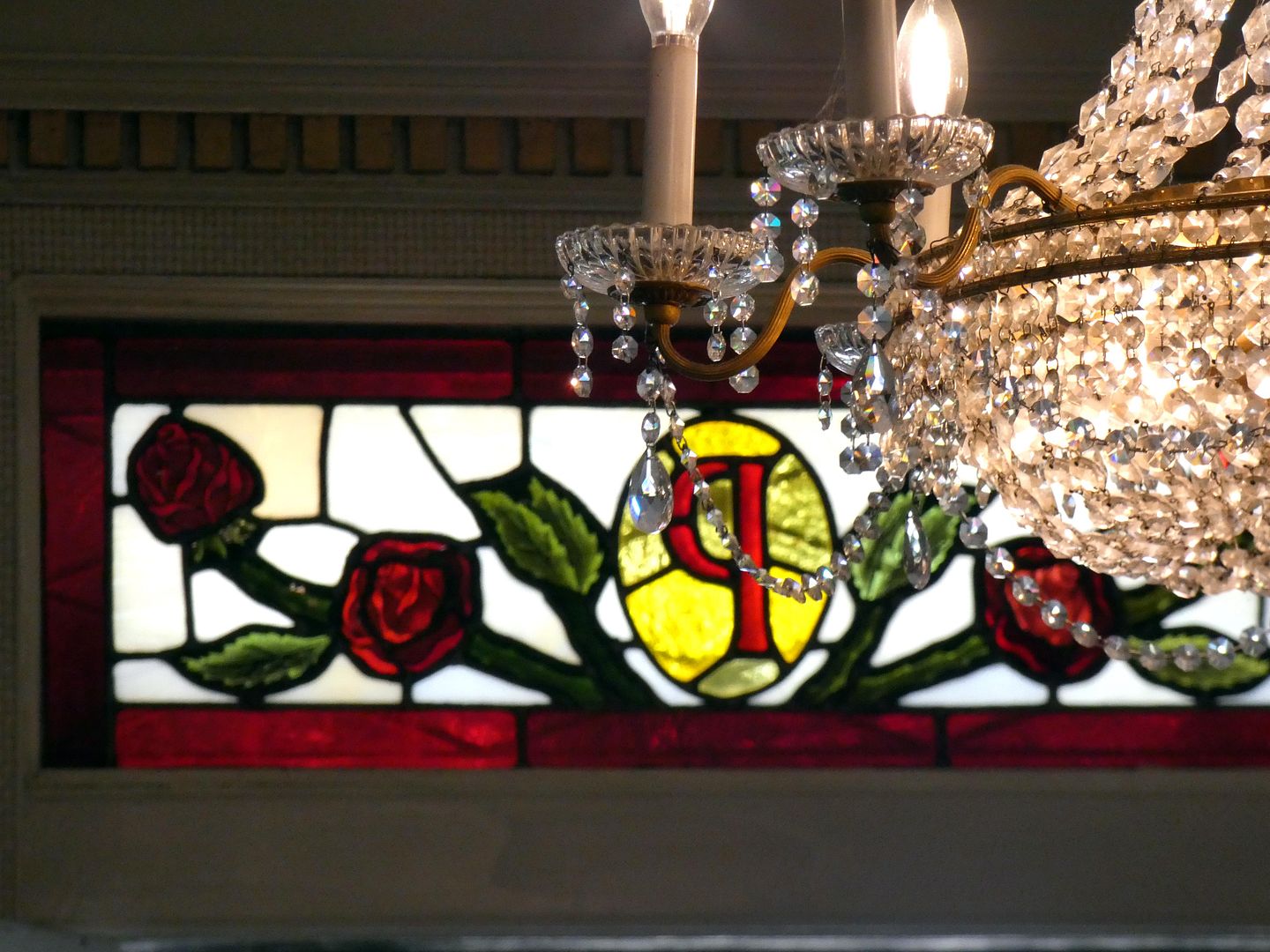
The Graceland mansion is a layer cake of design motifs, from 1970s-era additions and renovations (like stained glass from the Laukhuff Studio and chandeliers, both added in 1974) to some of the original decor Elvis ordered in 1957.
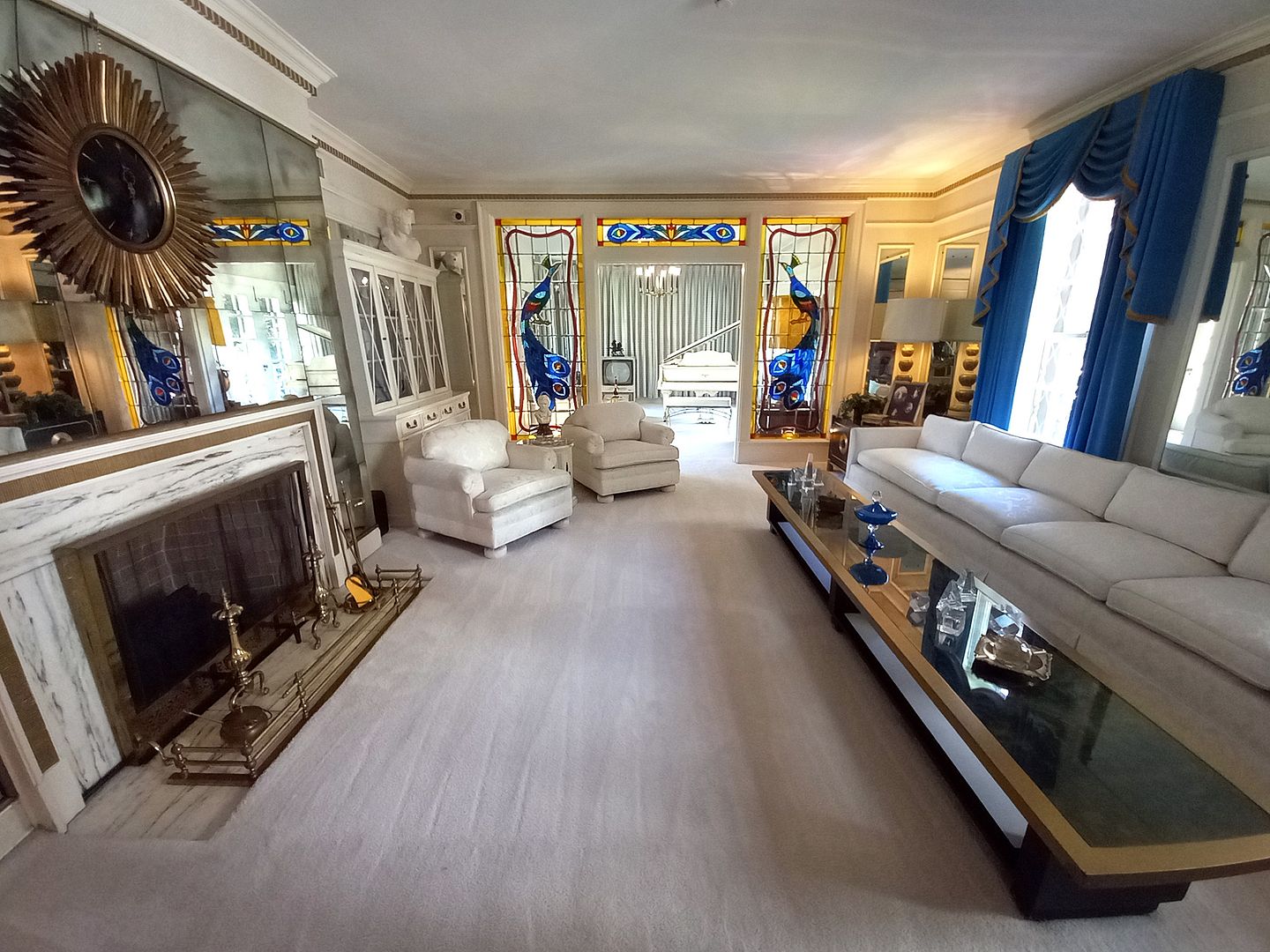
Parts of the living room today look similar to renderings that were created in 1965, but the mirrors and peacocks were added in 1974.

Just beyond it is the Music Room, with a Wm. Knabe & Co. piano that Elvis himself played (and a television that he surely watched, as he was a TV junkie).
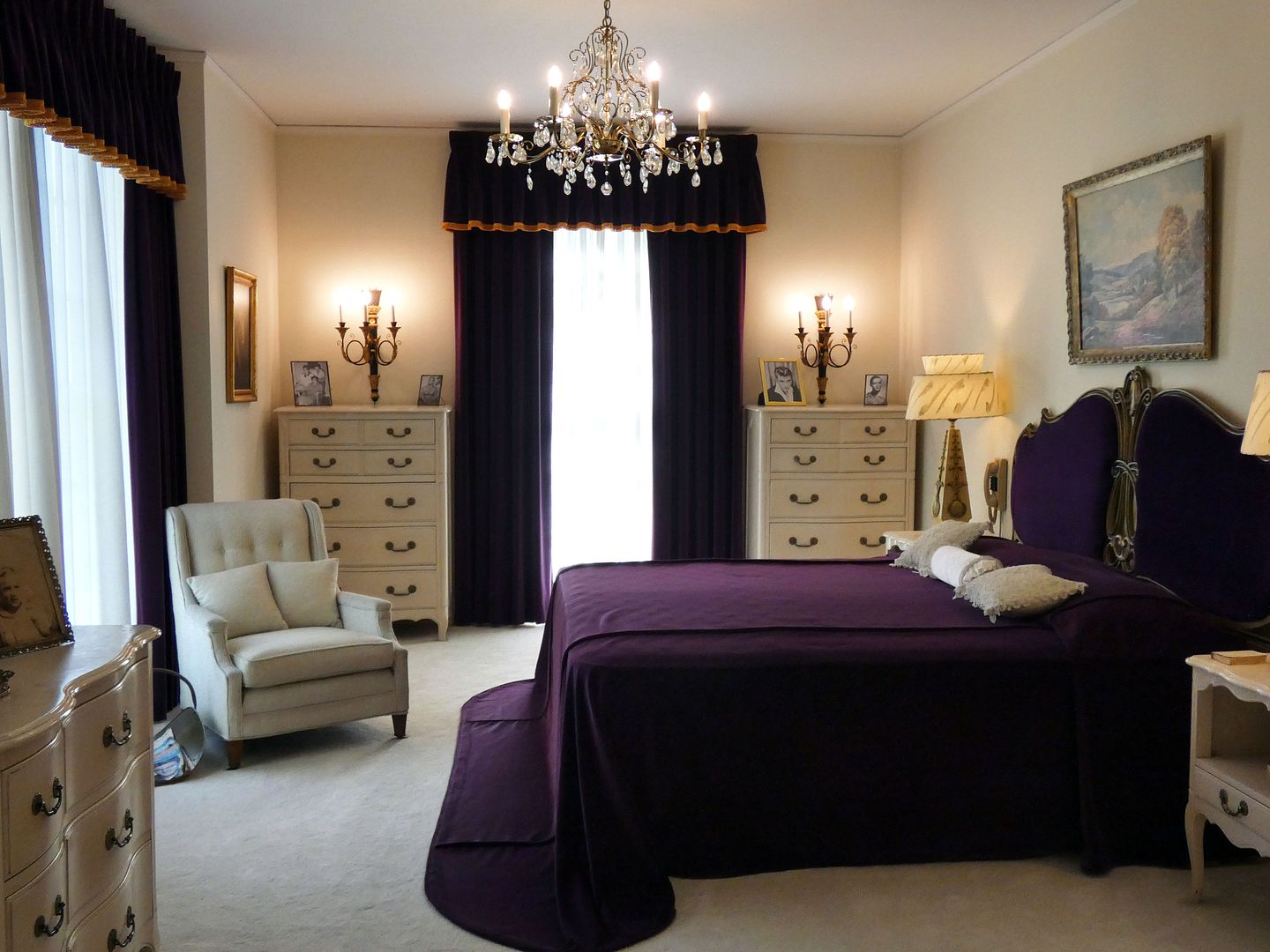
Gladys and Vernon—Elvis's parents—slept in a bedroom unusually located downstairs, near the rooms where guests would've gathered.
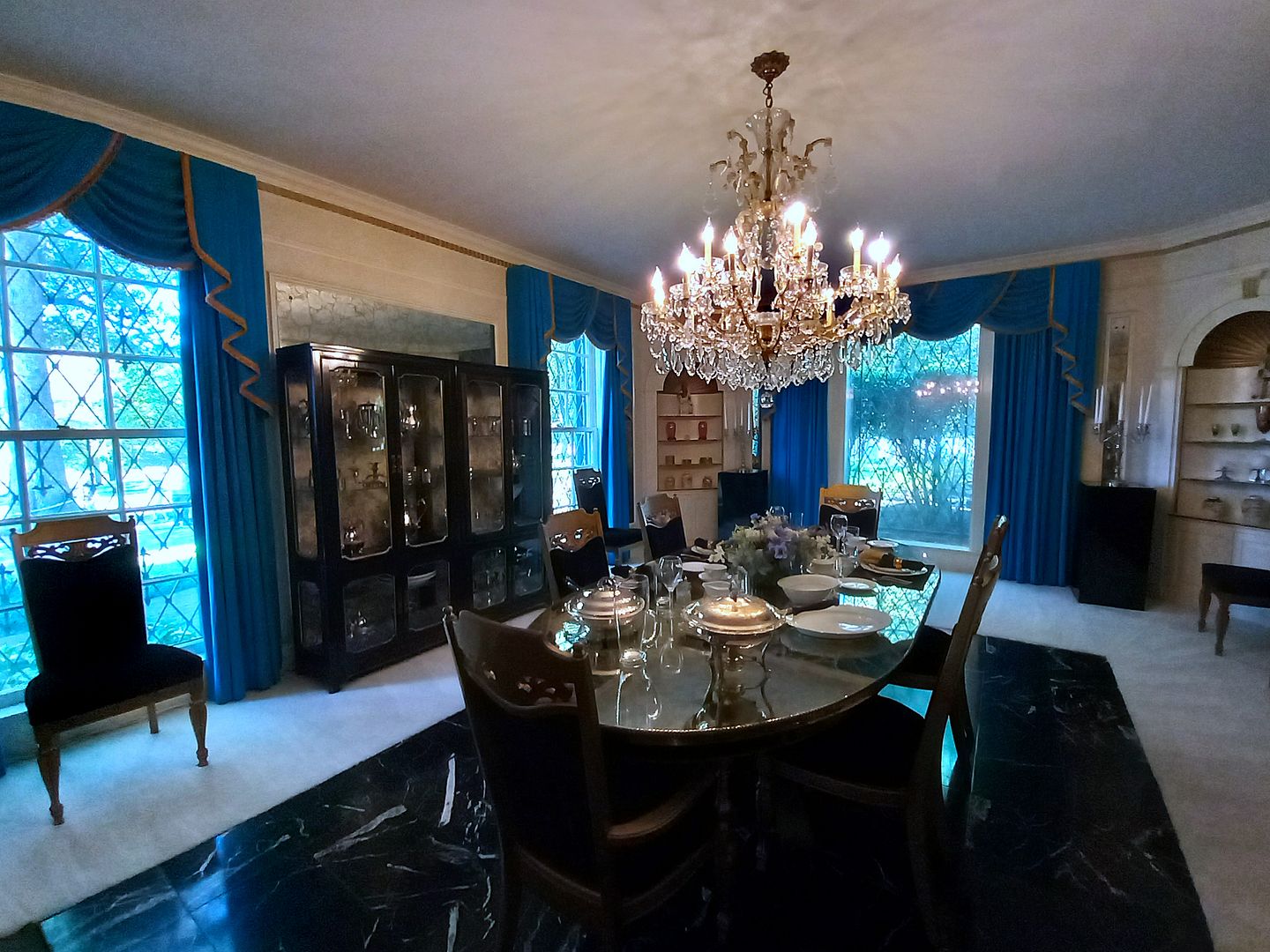
I can't imagine how they got any sleep with all the shenanigans happening in the dining room during late-night dinners hosted by Elvis for all his friends.
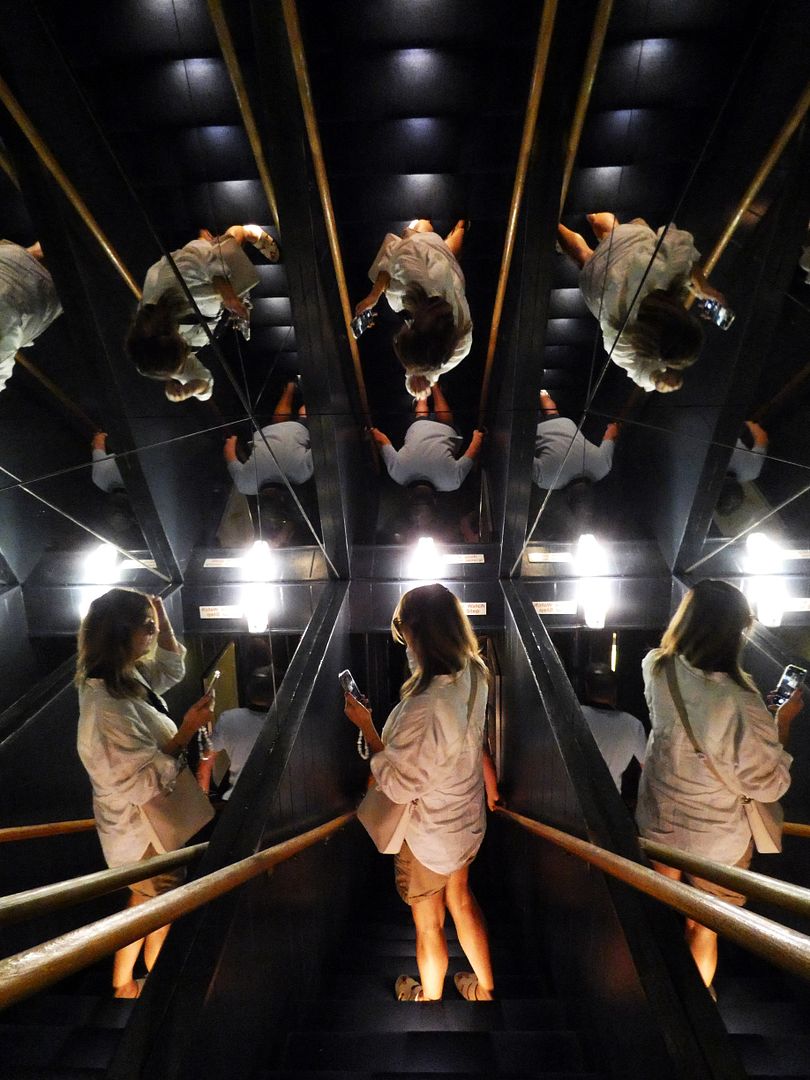
Downstairs from the wood-paneled kitchen, a mirrored stairwell leads to the TV Room...
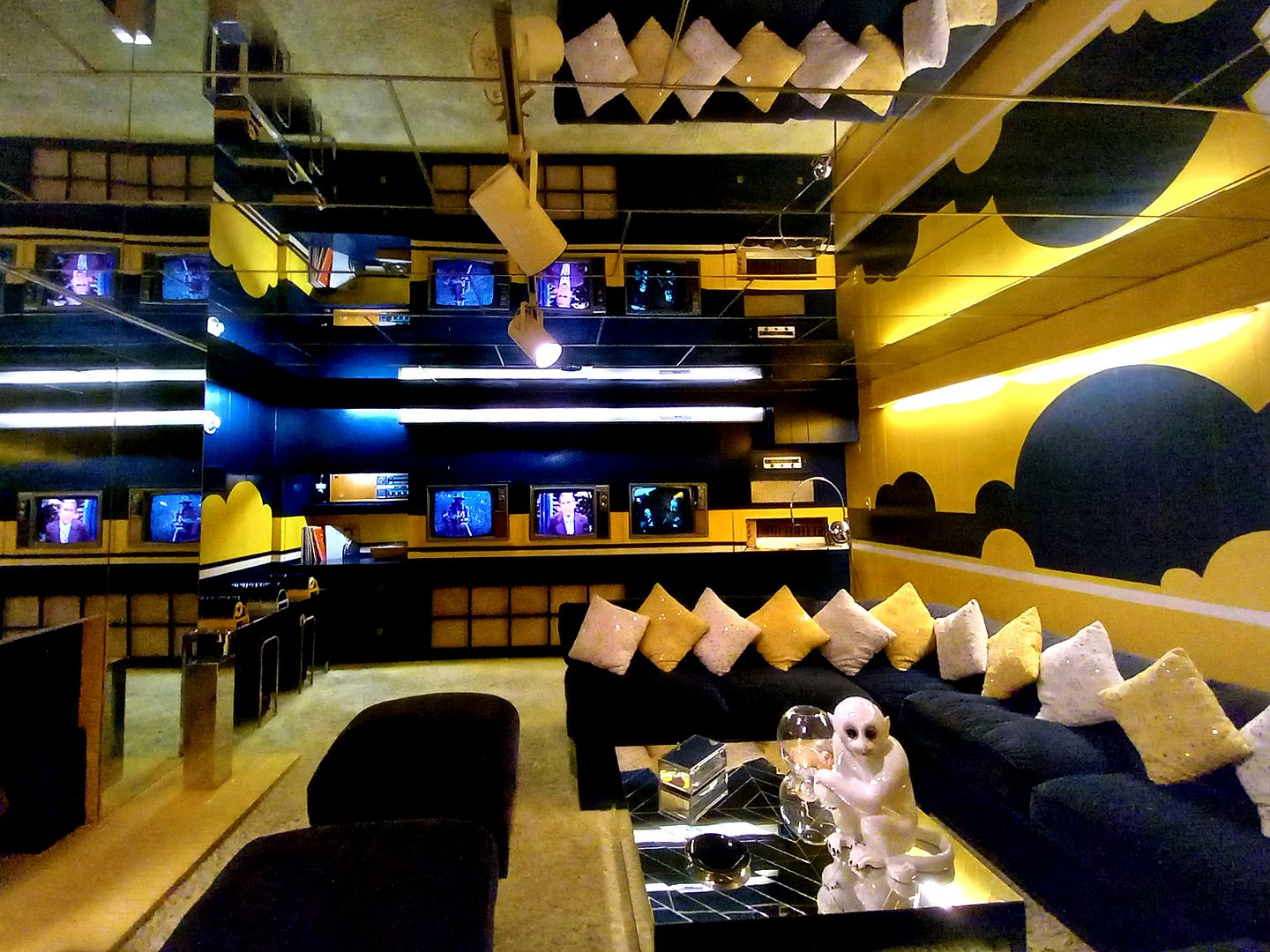
...which is a funny designation because every room at Graceland had a TV in it (at least by the end).

But this room has a yellow leather bar and barstools in it, too...
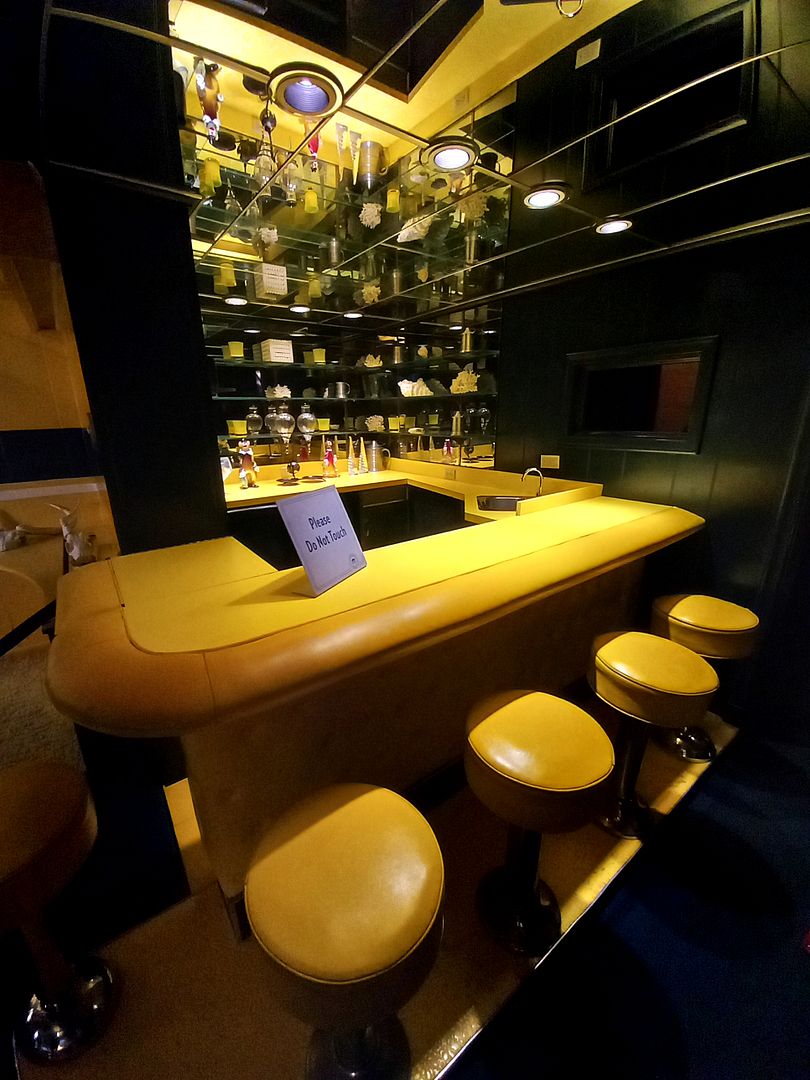
...which made it great for parties.




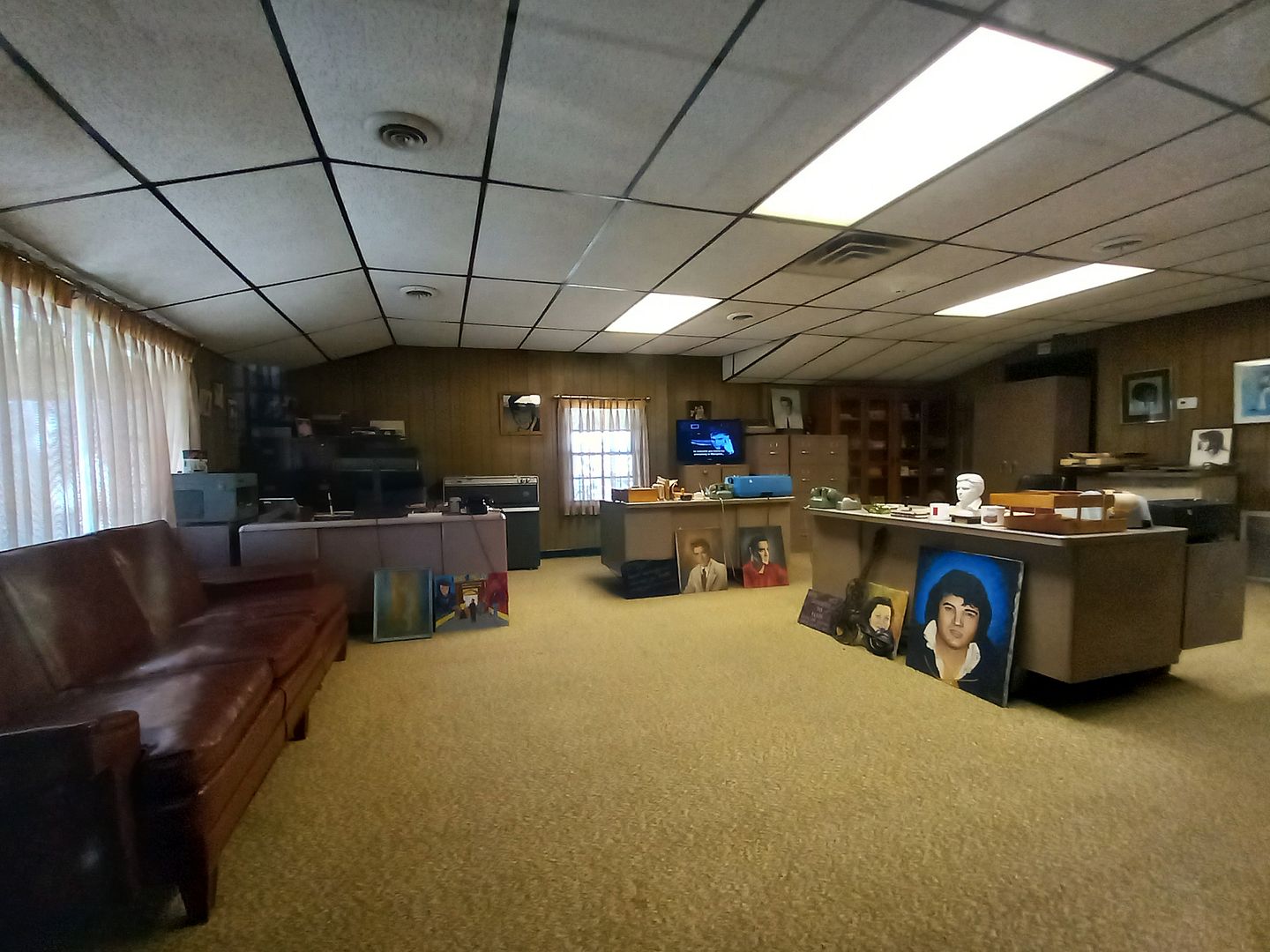

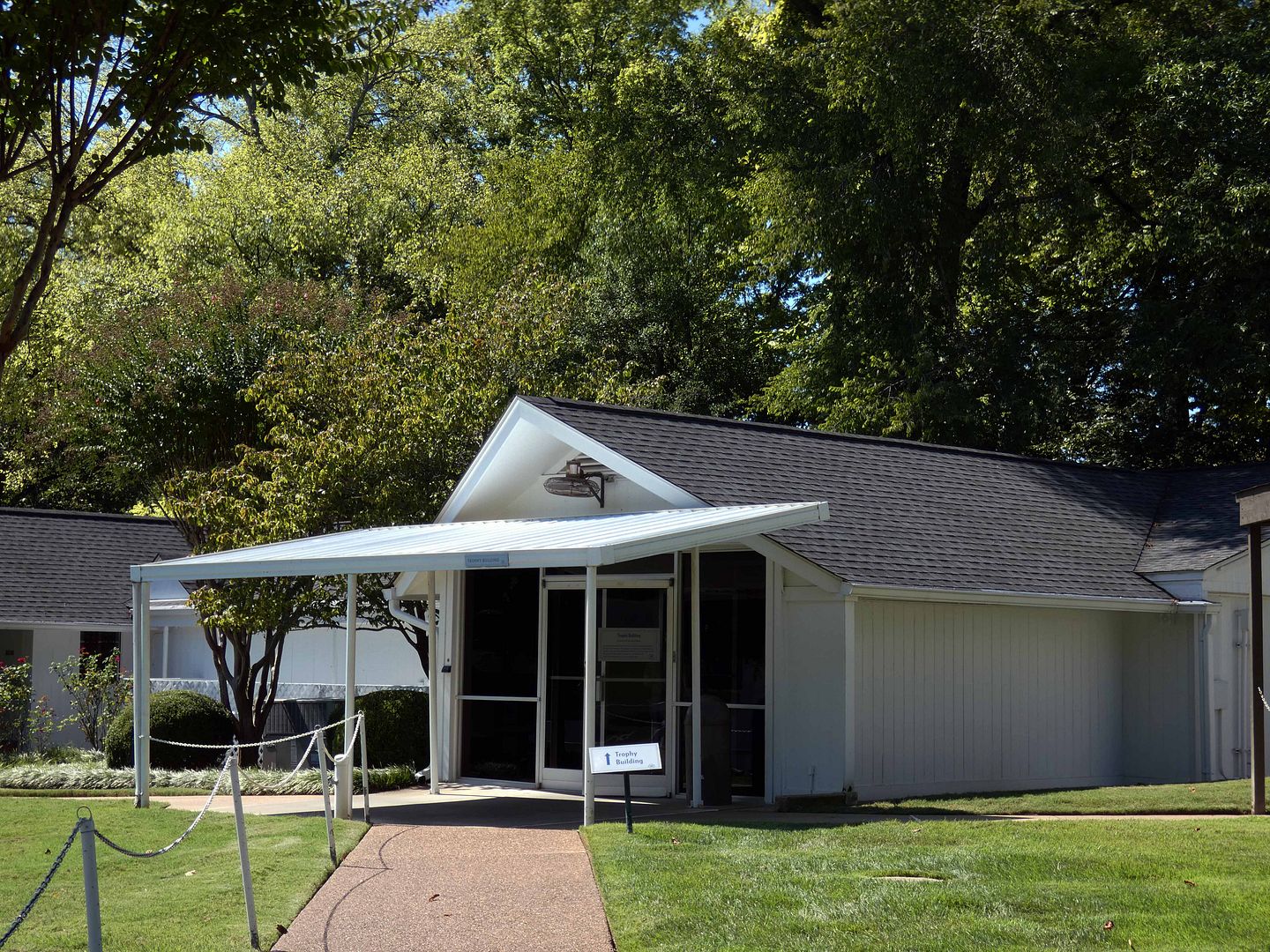
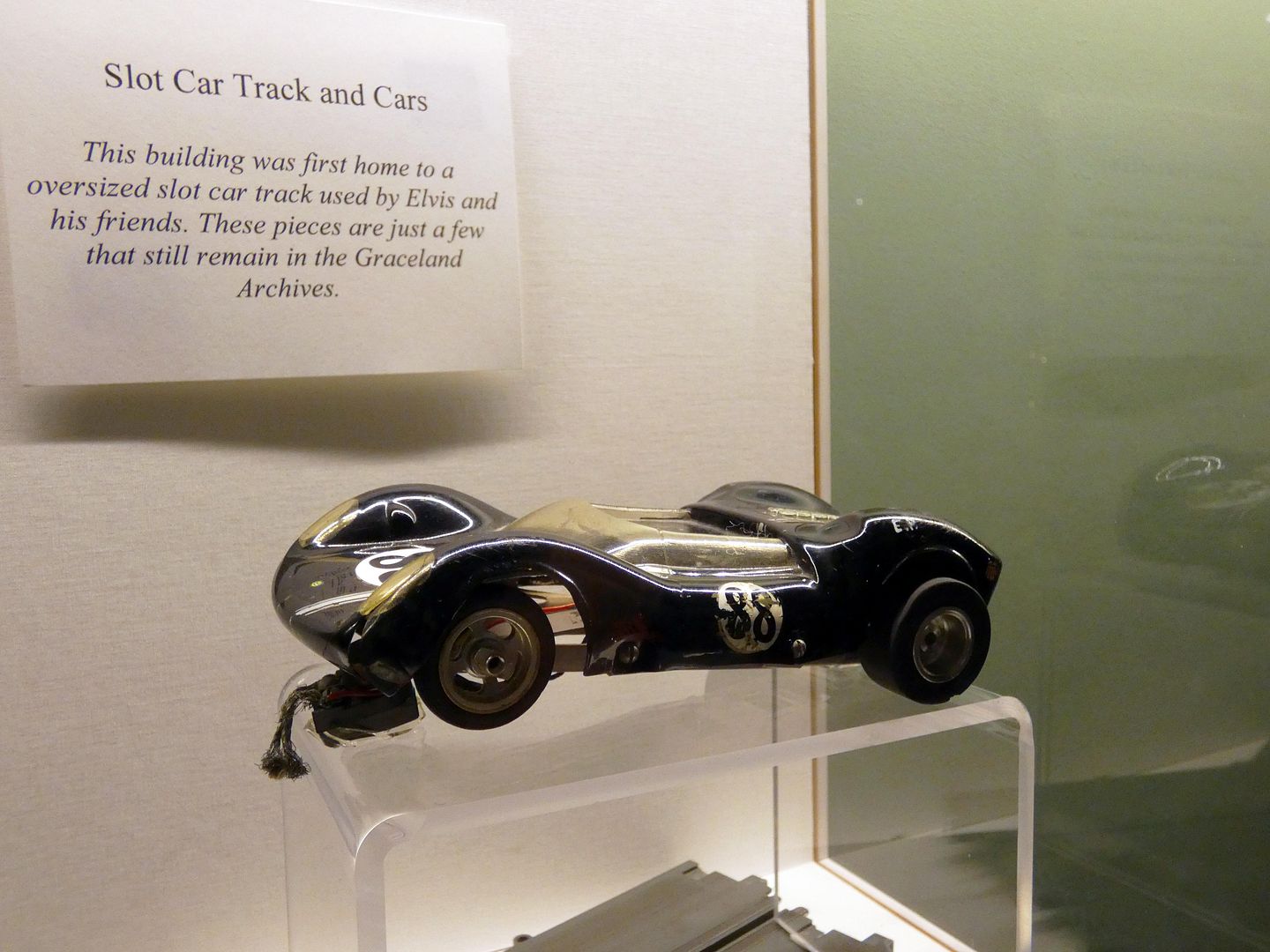
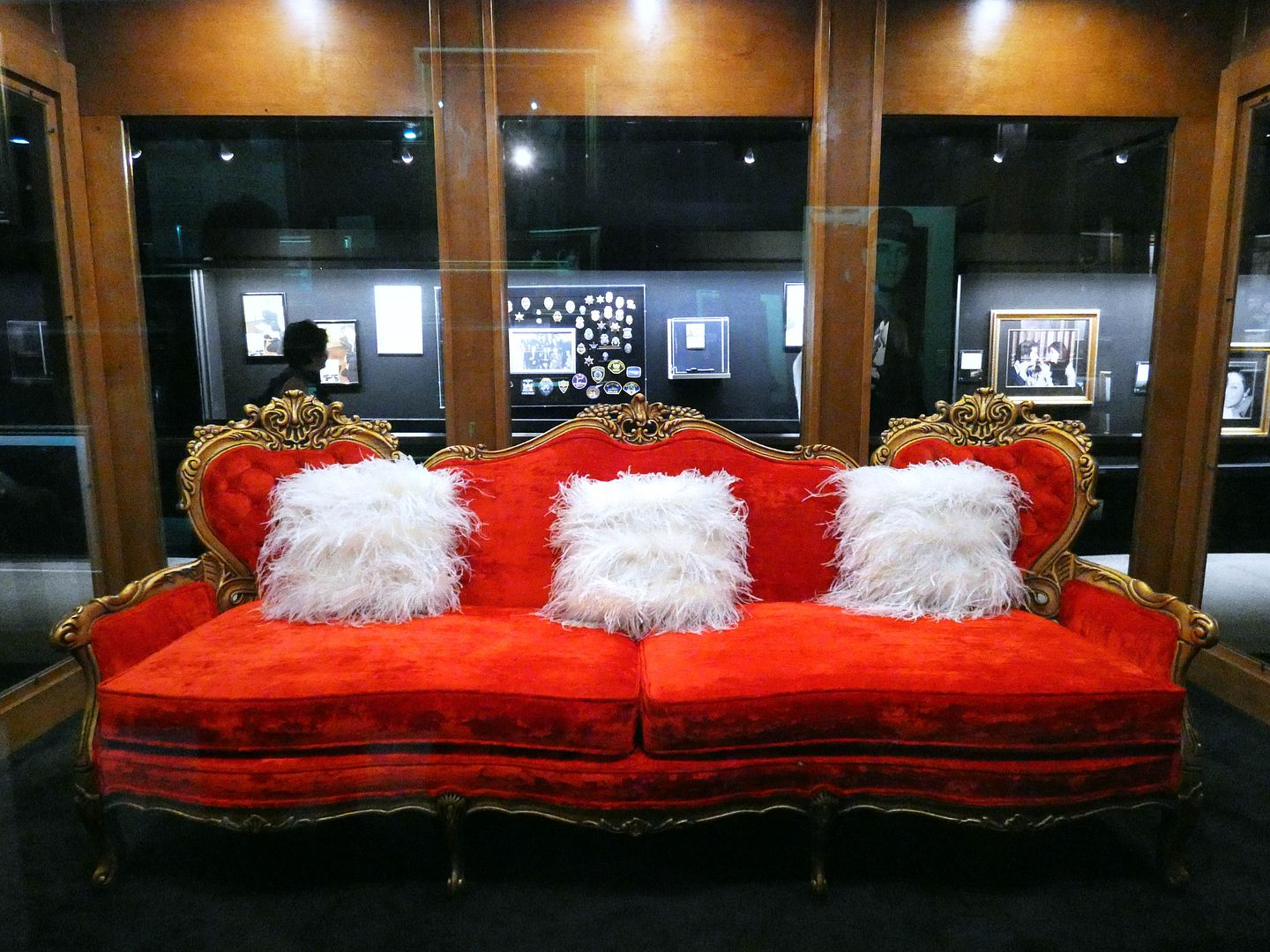
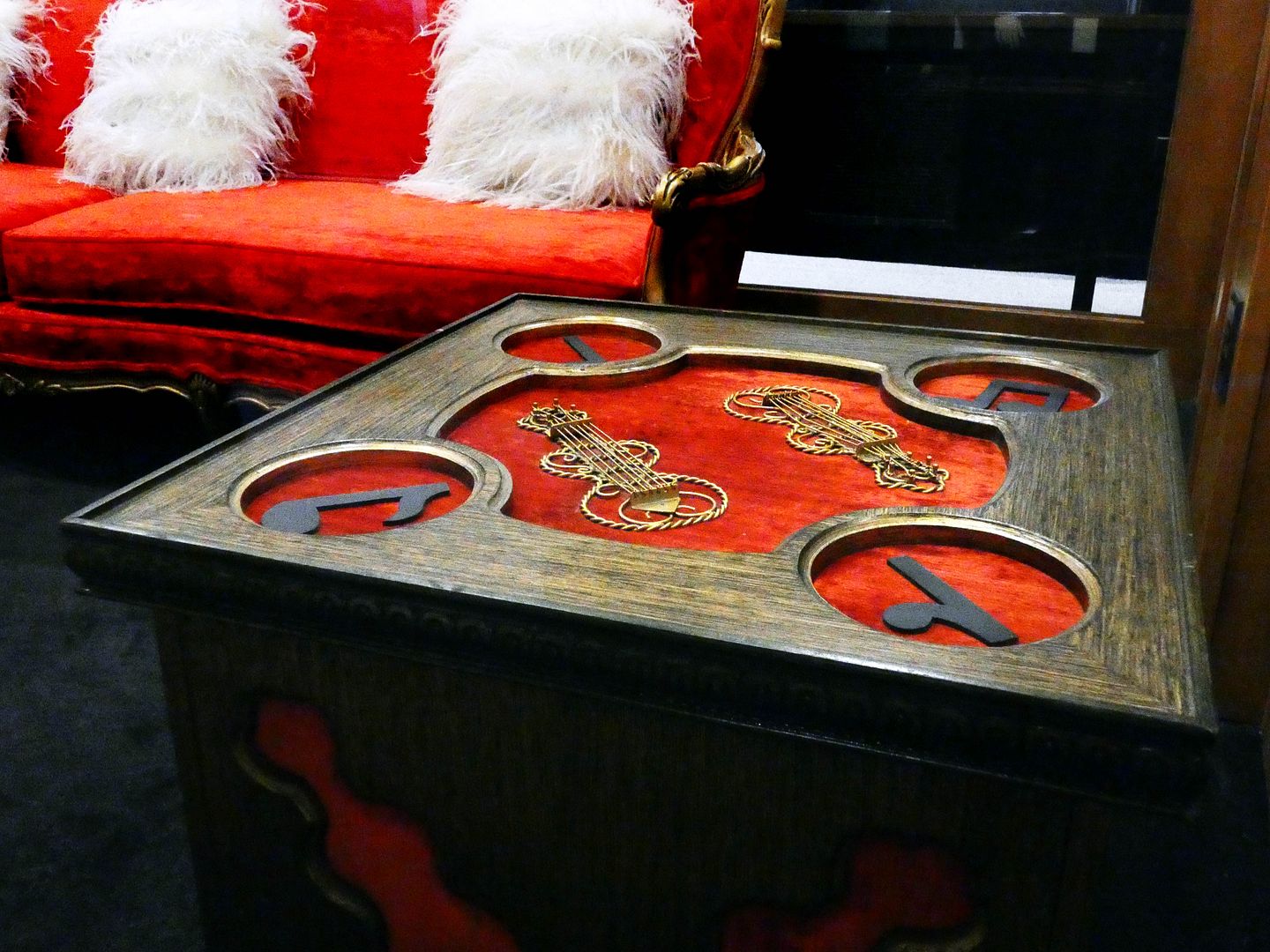
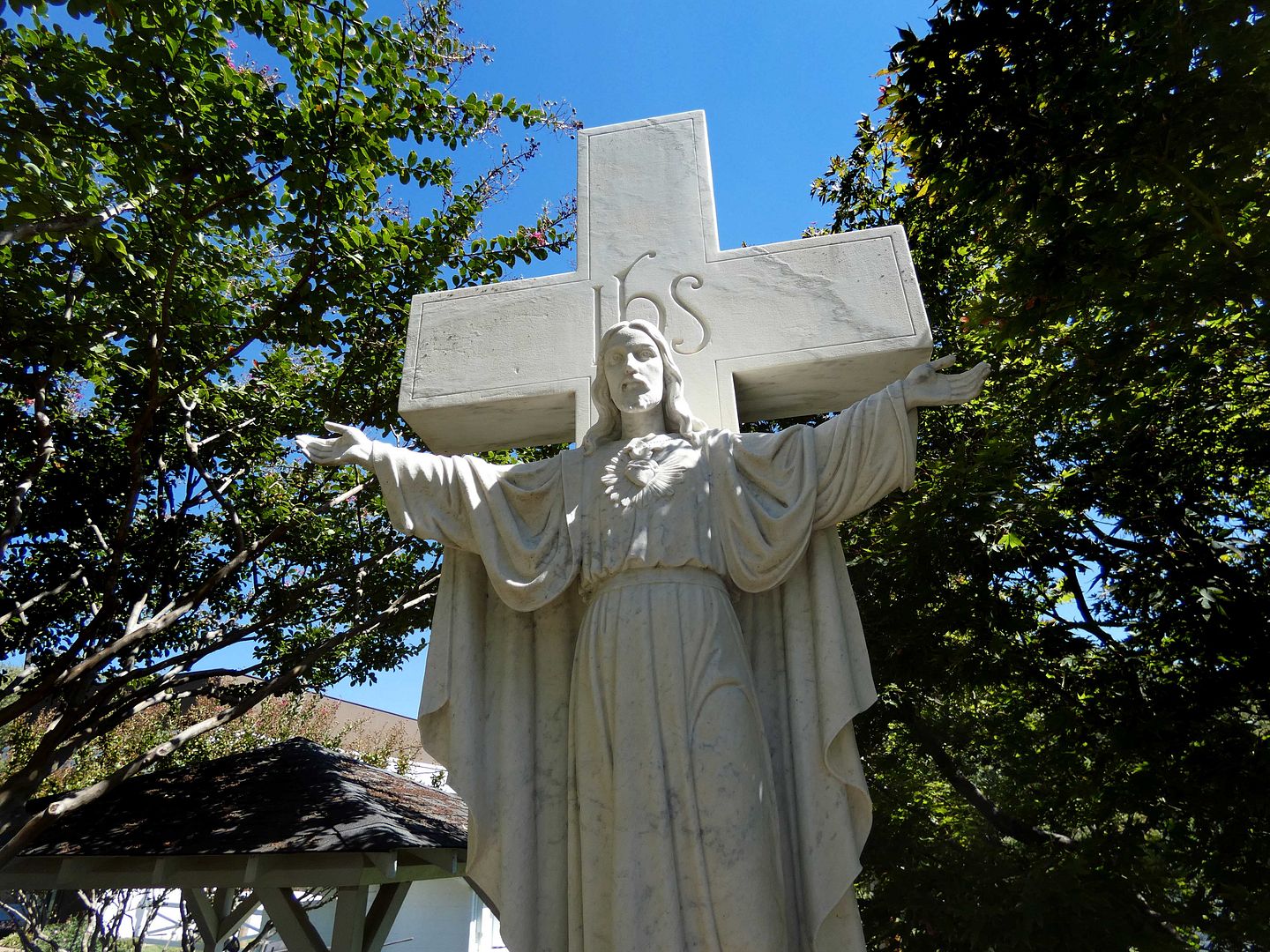
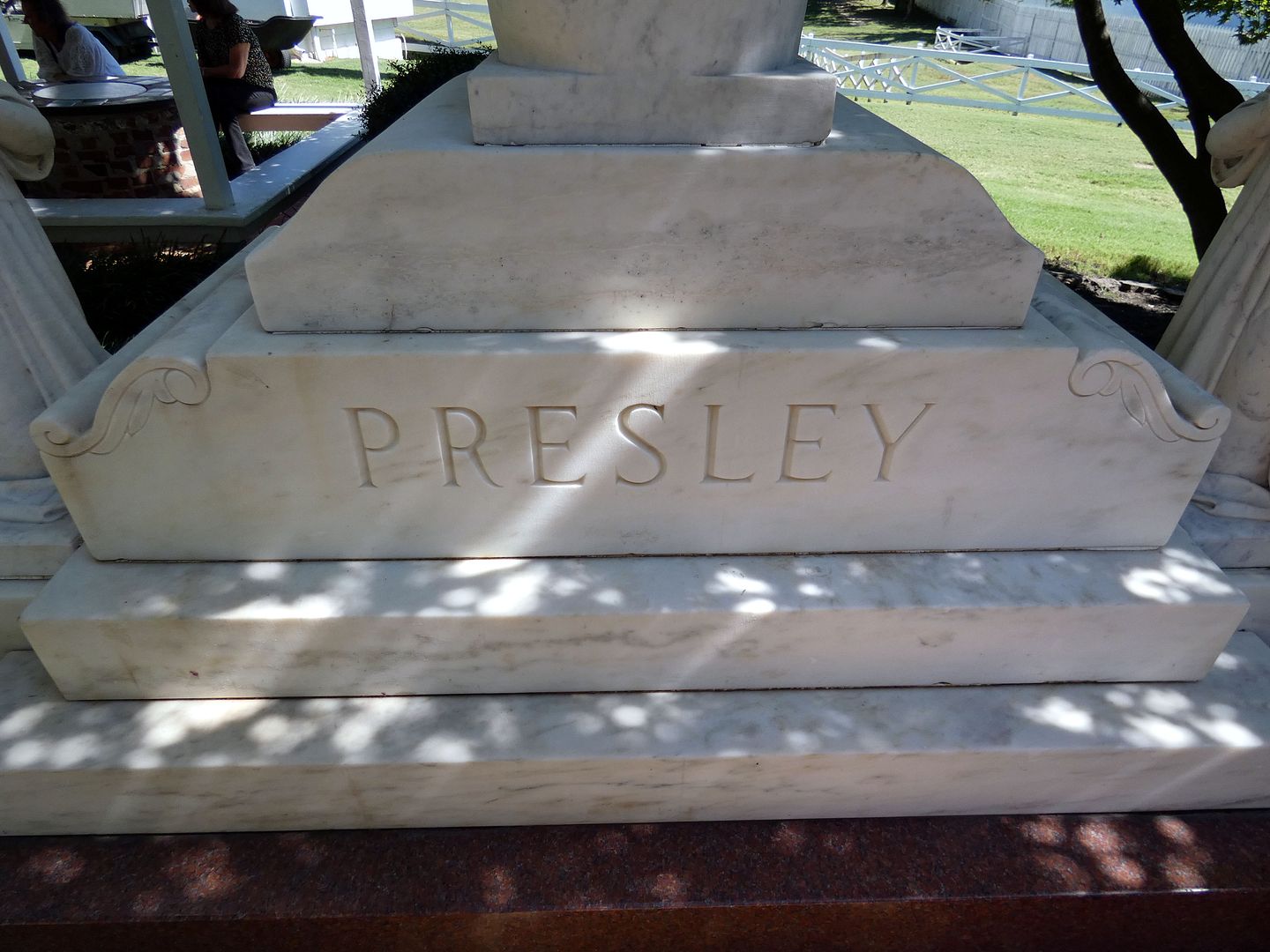
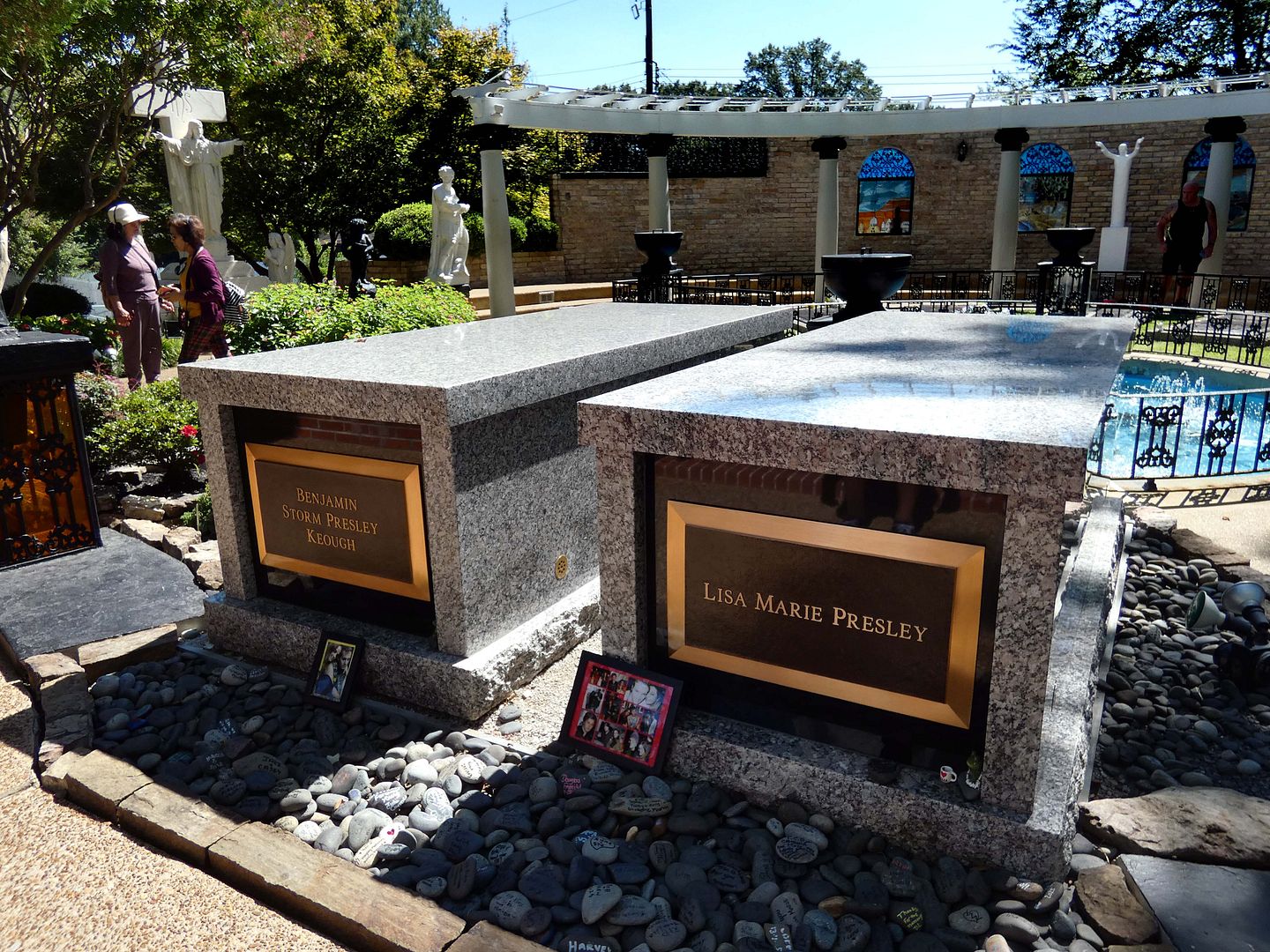

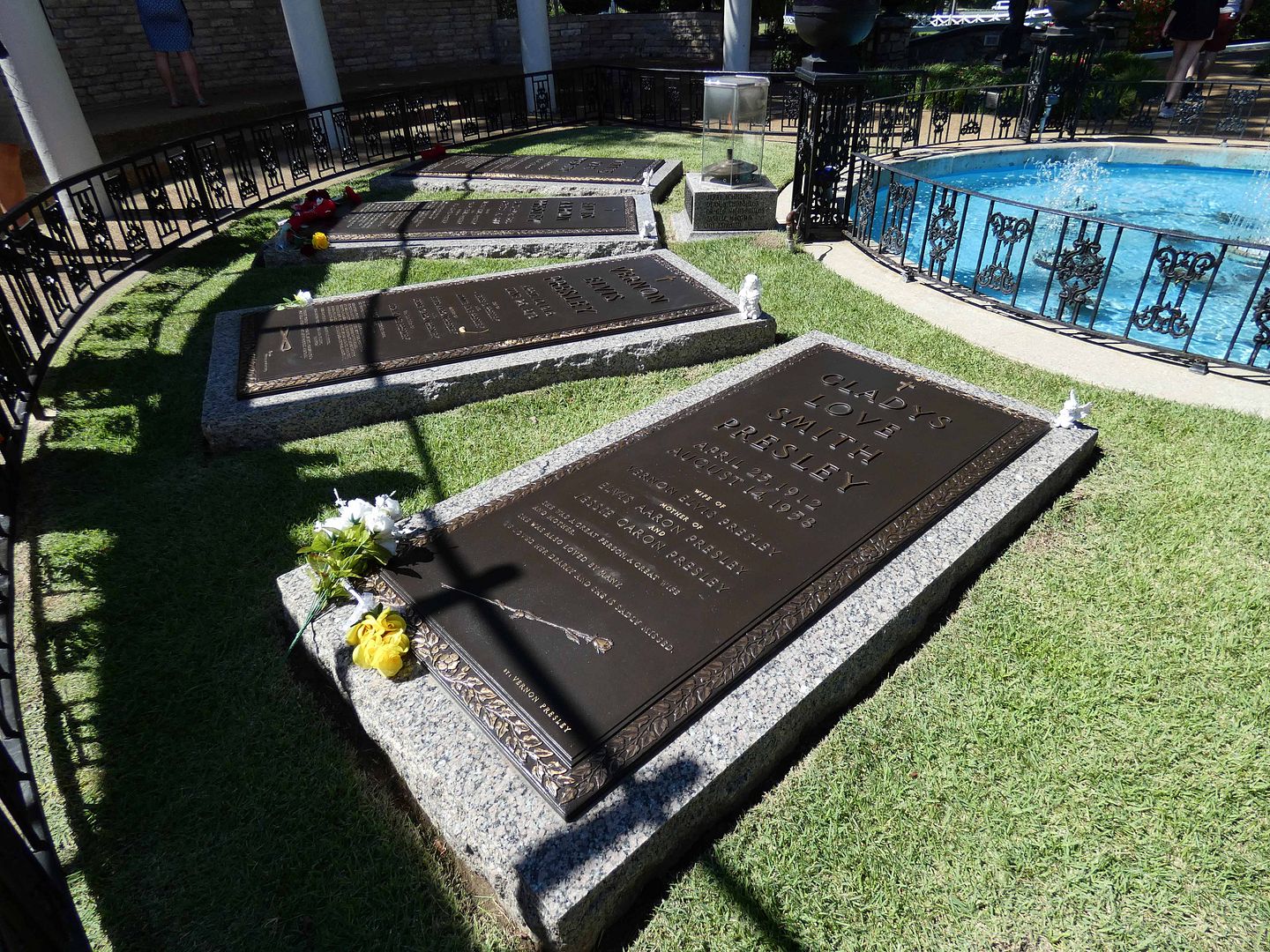
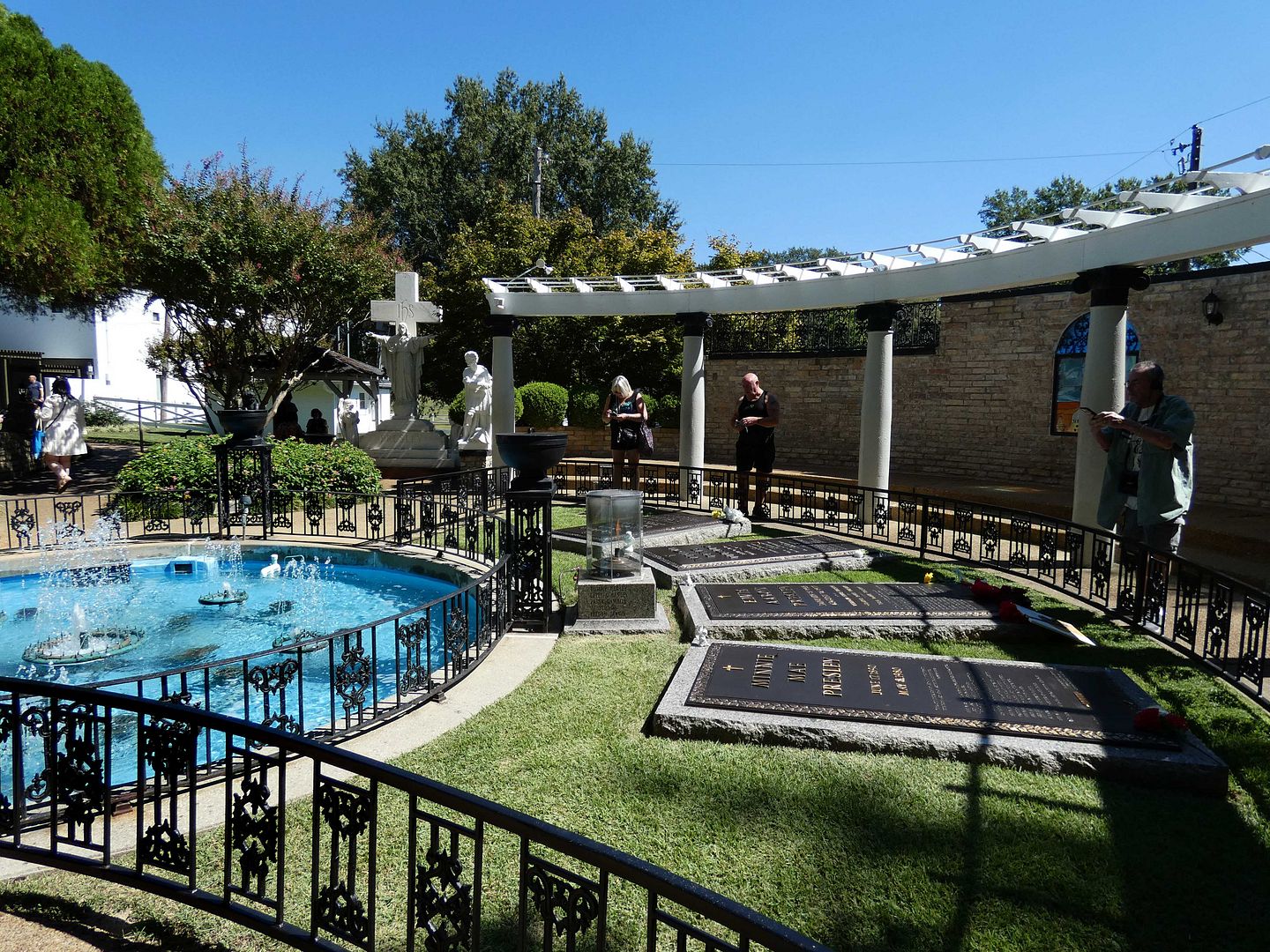
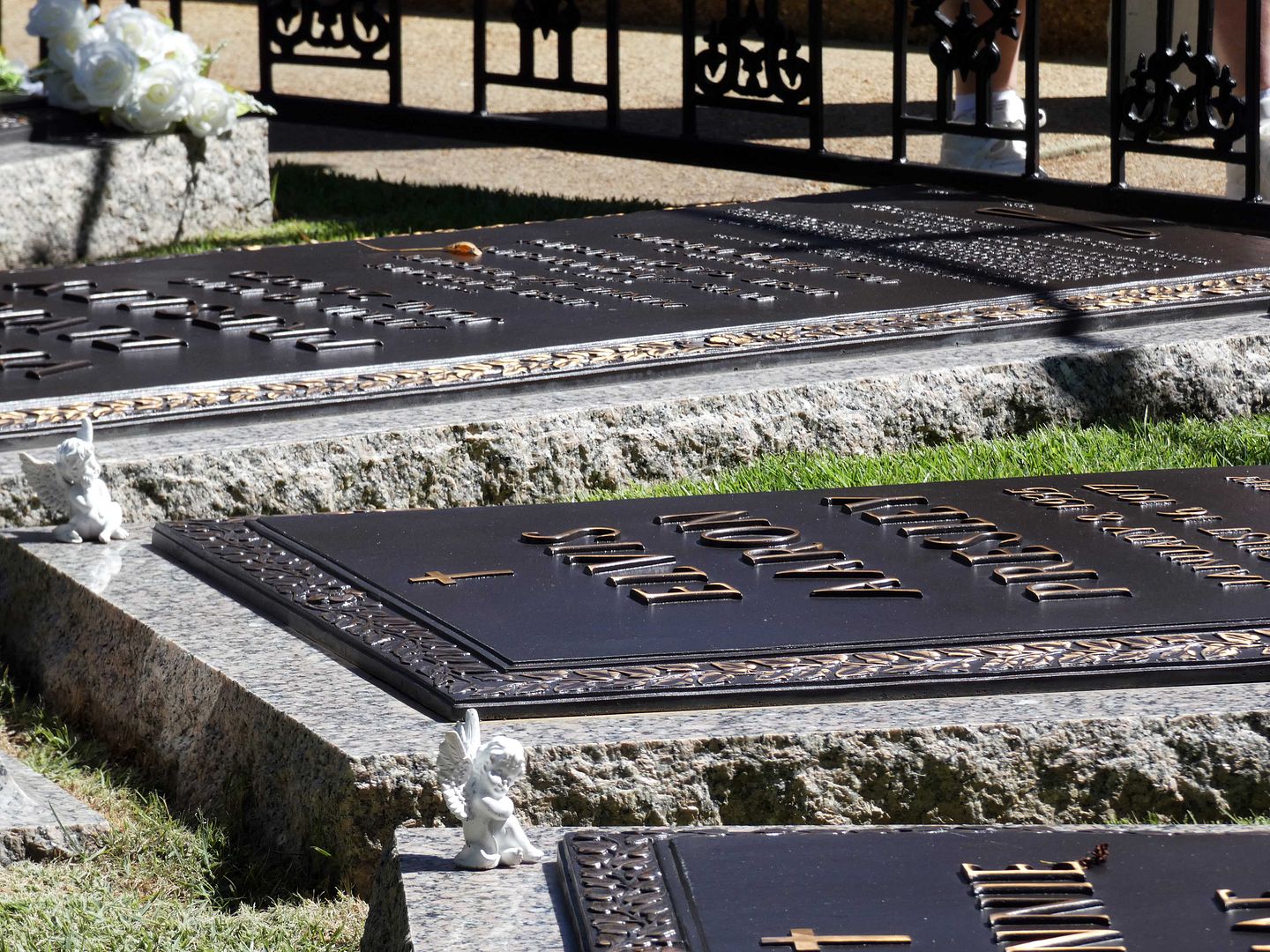
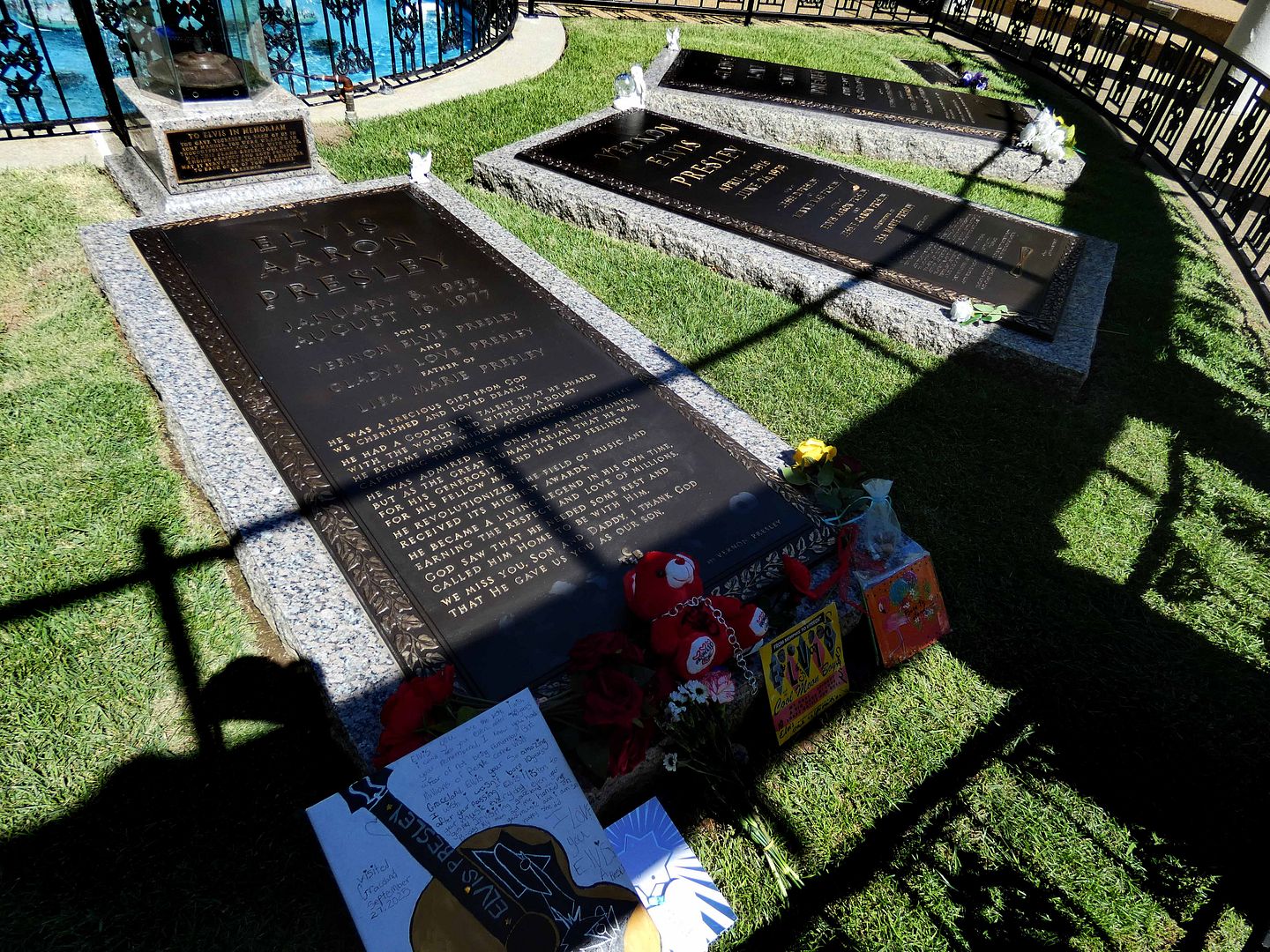
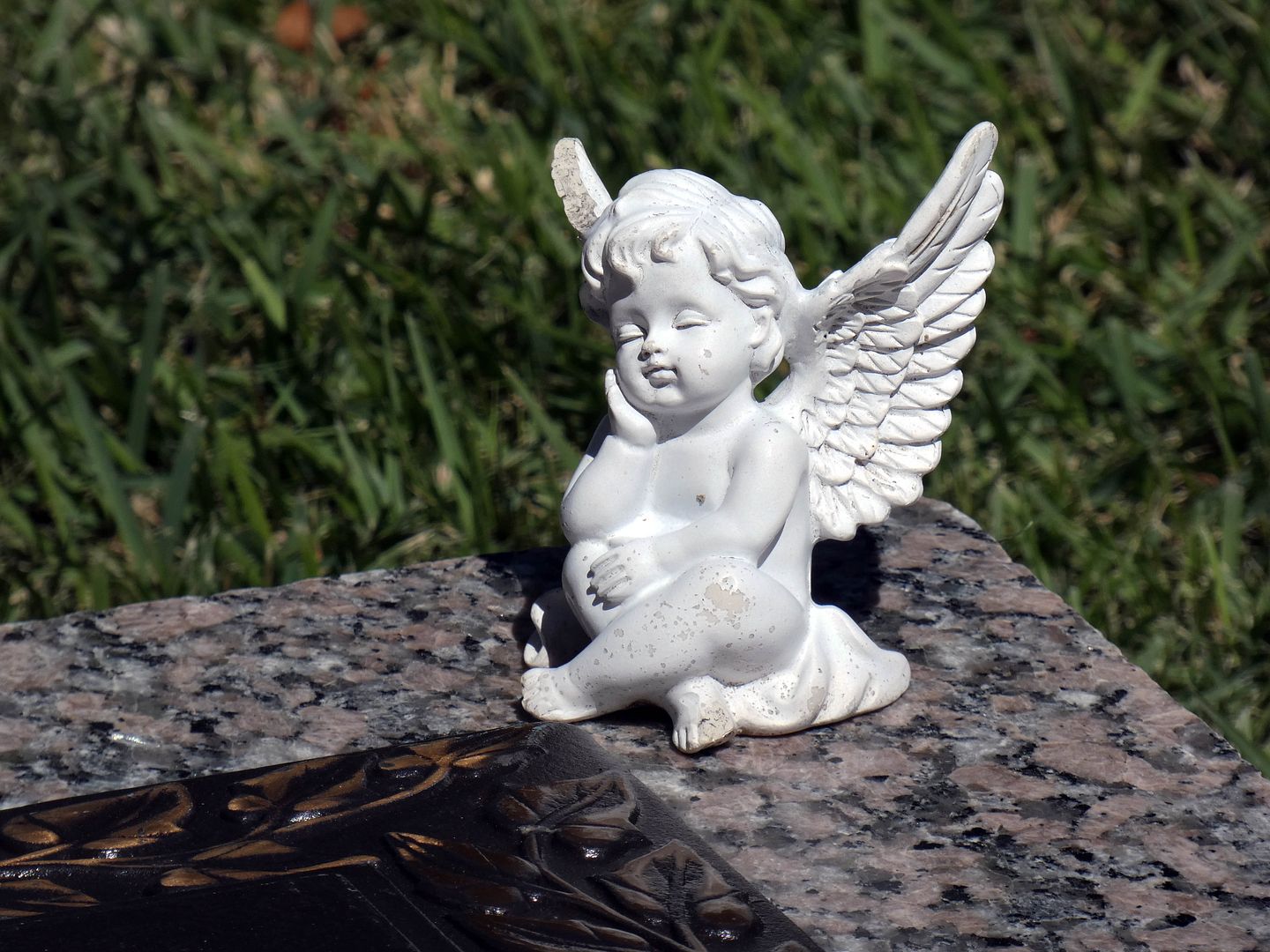

The lengths to which Elvis went to create incredibly detailed, themed environments in every room is just astounding—like in the billiard room ("Pool Room"), which was covered in nearly 400 yards of fabric in 1974.

Amazingly, the work was done by a Memphis-based interior designer, Bill Eubanks, using furnishings sourced from local shops.

Perhaps the most famous example of Graceland's over-the-top interior design is the Jungle Room—a former porch that Elvis enclosed to turn into a den in the mid-1960s. It was the media—not Elvis—that dubbed the den "The Jungle Room," namely because of its animal print upholstery, wildlife statues, and "exotic" wooden carvings by Witco.

I used to have a scrap of fabric supposedly from The Jungle Room in my copy of Elvis's final LP, Moody Blue, half of which was recorded there. I don't know what happened to either of them but when I re-purchased a copy of Moody Blue on vinyl from eBay, it had no such fabric inside the sleeve.

Visitors sometimes remark at how small the mansion is—but Graceland is more than just the main house. There are other outbuildings, too, like Vernon's office and a former smokehouse that Elvis used for storage and a firing range.

The Racquetball Building was completed in 1975 (yes, Elvis loved to play) and has been restored to look just like it did in 1977.

In the mid-1960s, Elvis added a new building on the south side of the mansion to house a slot car track—but now, that structure is known as the Trophy Building.

It houses just a fraction of the Graceland collection of Elvis artifacts, from receipts and other paperwork to a reproduction of Elvis's office and Lisa Marie's nursery.

The most spectacular centerpiece of the Trophy Building collection is the couch from the living room's red-and-gold era, this a Hollywood Regency/Rococo/Louis XV revival explosion of texture, color, and gilding.

It was part of a whole set (much of the rest of it is in the Graceland museum across the street)—and reflects the era when Elvis's favorite color was red and not pink (as in, Cadillac) or blue (as in, Hawaii or Christmas or the color scheme of the living room most of the rest of the time).

The final stop on the Graceland tour is the Meditation Garden, adjacent to the kidney-shaped pool and patio.

It's basically the Presley family cemetery.

Its most recent interments are the above-ground crypts of Lisa Marie Presley (d. 2023, age 55) and her son Benjamin Keough (d. 2020, age 27)—both tragic deaths, in terms of how they died and how young they passed.

But the core plots are those of Elvis and his paternal grandmother and parents...

...Minnie Mae, Vernon, and Gladys...

...who shared the Graceland mansion with him while living and now join him in eternal rest (after Elvis and Gladys were exhumed from Forest Hills Cemetery and reburied here).

This has been the ultimate pilgrimage for Elvis fans since Graceland tours began in 1982—so much so, it opens up in the early morning for those who wish to pay their respects without touring the mansion again and again.

Some leave notes and other offerings—but me, I just cried, listening to "If I Can Dream" on the audio tour and thinking about how lonely Elvis was, despite being surrounded by so many people and having so many friends.

I was surprised at how emotional I got, despite being warned by a friend who'd previously experienced the same thing. In fact, I'd thought that Graceland was something I simply needed to check off my list as an Elvis fan—and not a place that would actually intrigue me and capture my imagination. But I could really feel Elvis there, in a way I hadn't felt him before.
I don't remember Elvis dying. After all, I was just about to turn two years old. But I remember my parents being sad about it for years. And Elvis was a part of my childhood for as far back as I can remember.
Because Graceland is essentially frozen in time circa the year of my birth, visiting it when I was turning 50 was almost like coming full circle back to my own beginnings. It felt oddly familiar—maybe because I'd seen photographs of it as a kid? Or had heard stories of it?
Or my soul was just somehow aware of its presence, so many miles away?

No comments:
Post a Comment